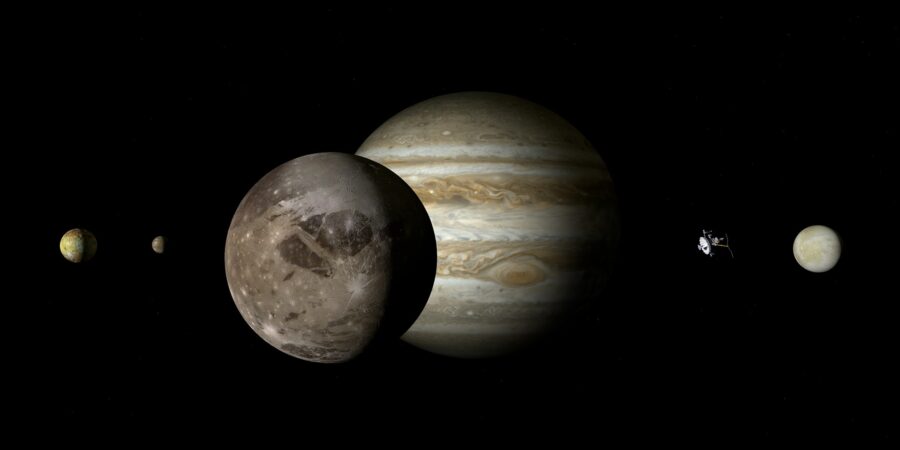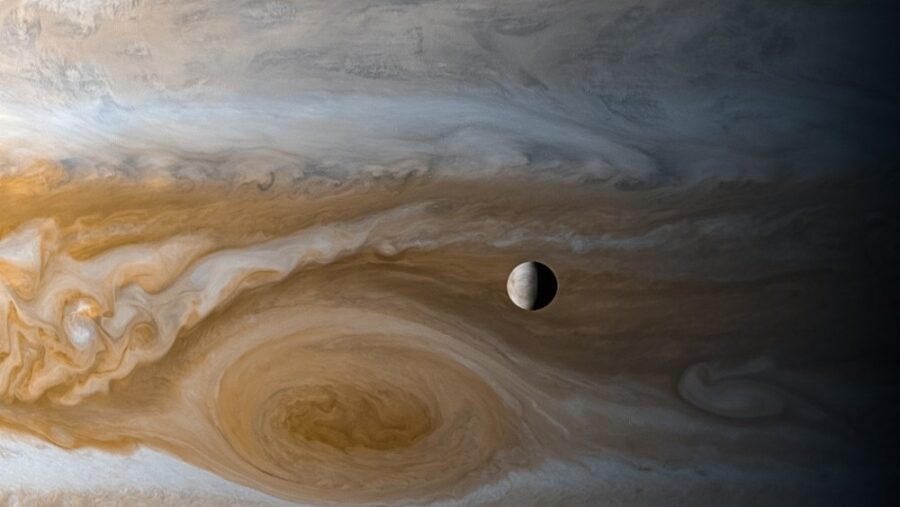Crystal Clouds Discovered In Jupiter Exoplanet

According to a fascinating write-up in Space.com, the James Webb Space Telescope has detected a series of crystal clouds made from quartz deep within the reaches of space. The clouds in question have been found within the atmosphere of an exoplanet named WASP-17b. The exoplanet in question is a massive gas giant, not unlike the planet Jupiter within our own solar system, prompting some scientists to wonder if the crystal clouds could potentially form closer to home.
According to researchers from the University of Bristol in the UK who located the crystal clouds, the quartz formations were formed by gusts of wind which clock in at thousands of miles per hour, sending tiny quartz molecules through a silicate-enhanced atmosphere which reaches absurdly high temps. The team took to news outlets to report their deep-space findings, explaining that previous information gathered using the Hubble Space Telescope allowed the team to extrapolate the likelihood of a crystal cloud long before they were able to locate one.
WASP-17b, a gas giant similar to Jupiter, is covered in crystal clouds made of quartz.
Despite their success in locating the crystal clouds, the team of UK-based researchers were shocked to learn that the contents of the clouds were made from accumulated quartz molecules. Researchers explained that they had previously hypothesized that a crystal cloud formation would consist of magnesium silicates, such as those detected in cooler space climates, including brown dwarf stars. The quartz minerals, which are rich in oxygen, are very common throughout outer space, with many being found in our own solar system, though the minerals are often compounded in much larger, magnesium-rich deposits than those shown within the exoplanet’s atmosphere.

Evidently, the incredibly high temperatures found in WASP-17b’s atmosphere were able to prevent the quartz from hardening into a mountainous rock formation while also tempering the stones enough to provide their crystal cloud-like consistency. Though the exoplanet hangs in the distant reaches of space, over 1,300 light years from Earth, scientists believe studying WASP-17b’s atmosphere could shed some light on a number of questions surrounding our own solar system.
Despite their success in locating the crystal clouds, the team of UK-based researchers were shocked to learn that the contents of the clouds were made from accumulated quartz molecules.
WASP-17b orbits a central star not unlike our own Sun, at a rate of 3.7 days, and maintains a relatively small gap of just under 5 million miles from the system’s core. For a point of reference, the Earth sits over 92 million miles from the Sun’s surface, making a distance of 5 million miles an intensely intimate figure. Due to its close proximity to its star, the crystal cloud-flanked exoplanet routinely reaches dayside temperatures of over 2,700 degrees Fahrenheit.
Evidently, the incredibly high temperatures found in WASP-17b’s atmosphere were able to prevent the quartz from hardening into a mountainous rock formation while also tempering the stones enough to provide their crystal cloud-like consistency.
In addition to forming layers of crystal clouds within its atmosphere, WASP-17b has also undergone a significant change in the brief period of time that scientists have been aware of it. Apparently, the intense heat has caused the exoplanet to expand to over 176,892 miles in diameter, making the gas giant twice the size of Jupiter. Clocking in at about half of Jupiter’s total mass, this makes WASP-17b one of the strangest and most bloated planets scientists have seen thus far, making the strange exoplanet perfect for further probing by the James Webb Space Telescope.












